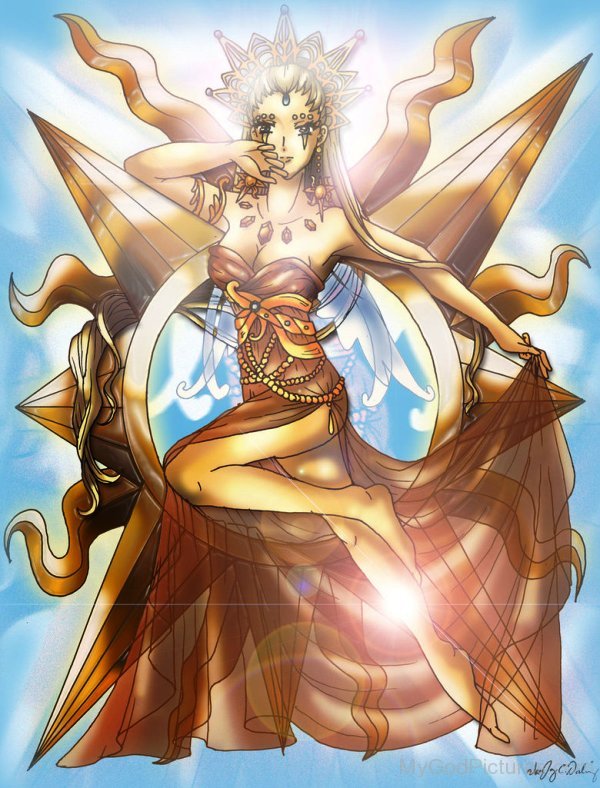

Parents and children would work closely together, for each evening Nyx and Erebus would depart each evening from Tartarus, and would bring forth the misty darkness of night to the world. In later Greek mythology, Hemera all but disappears, with her role being taken up by Eos, the Greek goddess of the dawn. Again, there was a separation of roles between light and day. Hemera was of course the sister of Aether, and was considered to be the first Greek goddess of the Day. There was also a third air, the dark air found underground and the darkest recesses of the earth, and this was Erebus. At the time, the Ancient Greeks did not necessarily connect the concept of light with the sun.Īether, as the upper air, was the air breathed by the gods below him was the air breathed by man, an air that was connected with the goddess Chaos. Perfect in a garden or spa, this impressive focal piece is grand-scale art – over five feet tall from base to fingertips.Aether was thought of as the early god of light as he was believed to be the god of the blue, upper air that surrounded the planet, the air found just below the dome of the sky god Ouranos. It elevates your statuary for a dramatic display. Reminiscent of classic Greek and Roman statues, our life-sized goddess Hemera sculpture is created in fiberglass-reinforced resin and finished to replicate French limestone. Hyginus lists their children as Uranus, Gaia, and Thalassa (the primordial sea goddess), while Hesiod only lists Thalassa as their child. Mythology edit According to Hesiod's Theogony, Hemera left Tartarus just as Nyx (Night) entered it when Hemera returned, Nyx left: 8 Night and Day passing near greet one another as they cross the great bronze threshold. It implements a highly scalable and elegant publish-subscribe (pub/sub) distribution model. NATS is an open source, lightweight, high-performance cloud native infrastructure messaging system. She was the female counterpart of her brother and consort, Aether (Light), but neither of them figured actively in myth or cult. Hemera means in Greek mythology the personification of day so it must run on daily basis ) Whats NATS. Hemera (day) left Tartarus just as Nyx (night) entered it, when Hemera (day) return Nyx (night) left. Hemera was residing with her mother in Tartarus, but the two deities never met each other in home. Hemera was the daughter of Erebus the god of darkness and Nyx, the goddess of night. The poet Bacchylides states that Nyx and Chronos are the parents, but Hyginus in his preface to the Fabulae mentions Chaos as the mother/father and Nyx as her sister. In Greek mythology, Hemera was primeval goddess of the day. Hemera is remarked upon in Cicero’s De Natura Deorum, where it is logically determined that Dies (Hemera) must be a god, if Uranus is a god. Hesiod suggests that she is more of a divine substance. She is the goddess of the daytime and, according to Hesiod, the daughter of Erebos and Nyx (the goddess of night). Hemera was the primordial Greek goddess of day & is the daughter of Night (Nyx) & Darkness (Erebos). In Greek mythology Hemera (Greek: ?, “day”) was the personification of day and one of the Protogenoi or primordial deities.


 0 kommentar(er)
0 kommentar(er)
